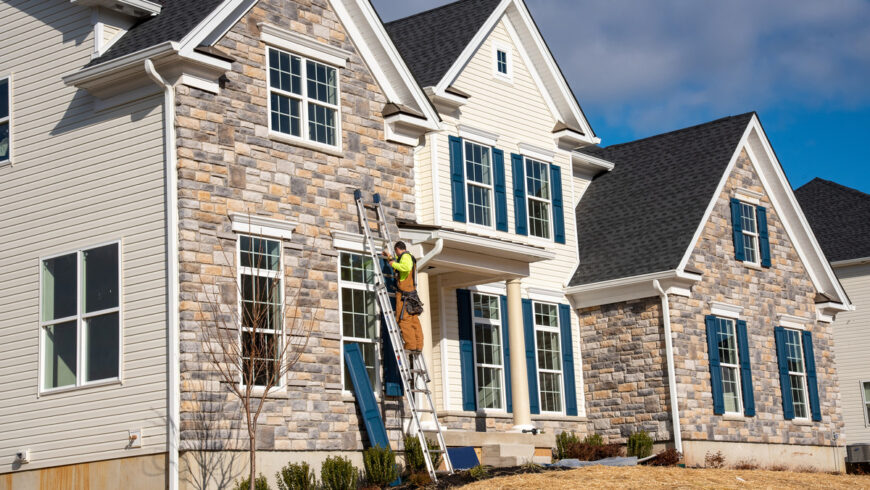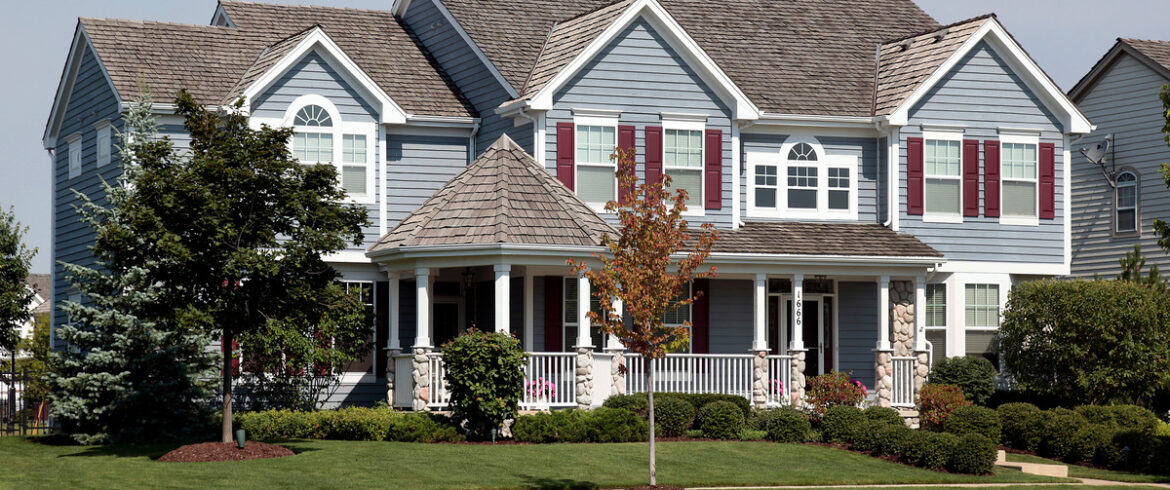Renovating your home’s facade can stir up common frustrations. High costs, environmental impacts, and the hunt for durable materials pose real challenges. In today’s climate, sustainability isn’t just a trend; it’s a necessity. Sustainable materials and practices during facade renovation promise effective solutions to these issues.
Using green alternatives in your home facade renovation project addresses many concerns. It cuts long-term costs and reduces your carbon footprint. That said, this article delves into sustainable facade renovations. We’ll cover everything from choosing materials to implementing eco-friendly practices. Stay tuned for a guide that makes your renovation project as green as it is stunning.
Understanding Sustainable Renovation
Sustainable home renovations mean upgrading your home with the environment in mind. It focuses on reducing energy use, minimizing waste, and using materials that are either renewable or made from recycled products. This home exterior remodel approach offers long-term benefits, not only for the planet but also for your wallet.
Importance Of Choosing Sustainable Practices
Opting for sustainable practices in exterior home renovation helps lower your home’s energy needs. This translates to smaller utility bills and less strain on our natural resources. It’s a responsible approach that ensures your home remains valuable and efficient for years.
Common Facade Materials
Brick and wood are popular materials for exterior renovations, though they’ve got varying impacts on the environment. Brick offers a long lifespan but requires a lot of energy to produce. Wood is renewable but must be sourced responsibly to prevent deforestation.
Carbon Footprint Of Non-Sustainable Materials
Traditional materials for exterior makeover often come with a heavy carbon footprint. Their production processes emit a significant amount of CO2 and other pollutants. Understanding their life cycle helps you see why choosing sustainable alternatives matters. It’s crucial for reducing your home’s overall environmental impact.

Choosing Sustainable Materials
In the search for greener options for exterior upgrades, consider materials like recycled steel and reclaimed wood. Recycled steel provides a sturdy option while reducing waste in landfills. Reclaimed wood brings a unique aesthetic without the environmental cost of cutting down more trees. Similarly, cedar exterior shutters not only enhance the visual appeal of your home but also offer durability and natural resistance to moisture and decay, making them an excellent sustainable choice for enhancing your facade.
Benefits Of Sustainable Materials
Each of these materials boasts impressive durability and requires minimal maintenance, which are crucial for reducing repair and replacement over time. Recycled steel is exceptionally strong and reclaimed wood resists many of the issues found in newer wood, such as moisture-induced warping.
Insulation And Energy Efficiency
Choosing materials that enhance your home’s insulation can significantly impact energy efficiency. Want to keep your home warmer in the winter and cooler in the summer? Good insulation is key. It reduces the need for heating and air conditioning. This lowers your energy consumption, which not only helps your budget but also lessens your environmental footprint.
Impact On Energy Consumption
Effective insulation materials cut down on energy leaks. This reduction in energy use is reflected in your utility bills, providing economic benefits alongside the environmental ones, supporting a sustainable lifestyle.
Implementing Sustainable Practices
Choosing the right fixtures like windows and a new front door is vital for a sustainable facade. Energy-efficient options such as double or triple-glazed windows and insulated doors reduce heat loss. These can help keep your home comfortable while using less energy for heating and cooling.
Energy-Efficient Options
Energy-efficient windows often feature gasses like argon between the panes for better insulation. Low-emissivity (low-E) coatings can also reflect infrared light. This is the reason why heat is kept inside during winter and outside in summer. Insulated doors, on the one hand, are designed to prevent air leaks and can be made of materials like wood, which offers high durability and insulation.
Incorporate Green Landscaping
Enhancing your facade isn’t just about the building materials and architectural details. It also involves the surrounding landscape. Using green landscaping techniques can improve your home’s sustainability. Such approaches not only complement the building aesthetics but also support local ecosystems.
Drought-Resistant Plants
Drought-resistant plants require less water, reducing your household’s water use. Permeable paving materials allow rainwater to soak into the ground, reducing runoff and preventing erosion. Additionally, these elements help in managing local water resources wisely and supporting biodiversity.
Conclusion
Sustainable materials and practices hold the key to transforming your home’s facade effectively and efficiently. These options not only enhance the visual appeal of your home but also contribute significantly to environmental conservation. Adopting sustainable practices is economically wise as well. It lowers long-term costs through reduced energy bills and maintenance expenses.
For those considering this path, it’s wise to consult with a sustainability expert during the planning phase. Additionally, explore local subsidies or grants available for green renovations. These financial aids can substantially reduce the upfront costs, making sustainable renovations more achievable for many homeowners.
